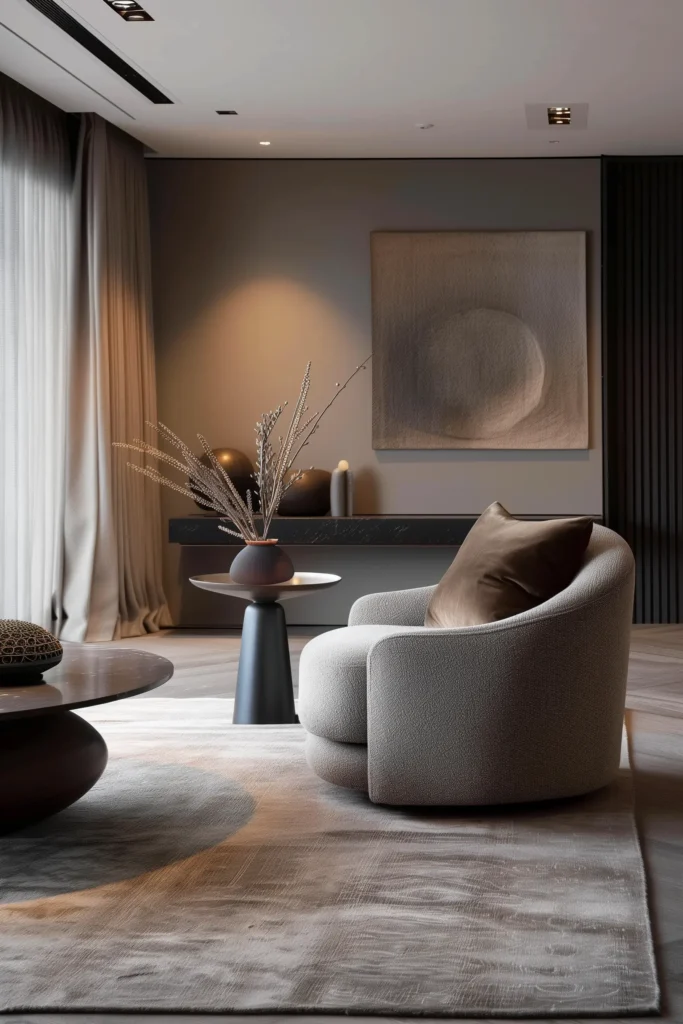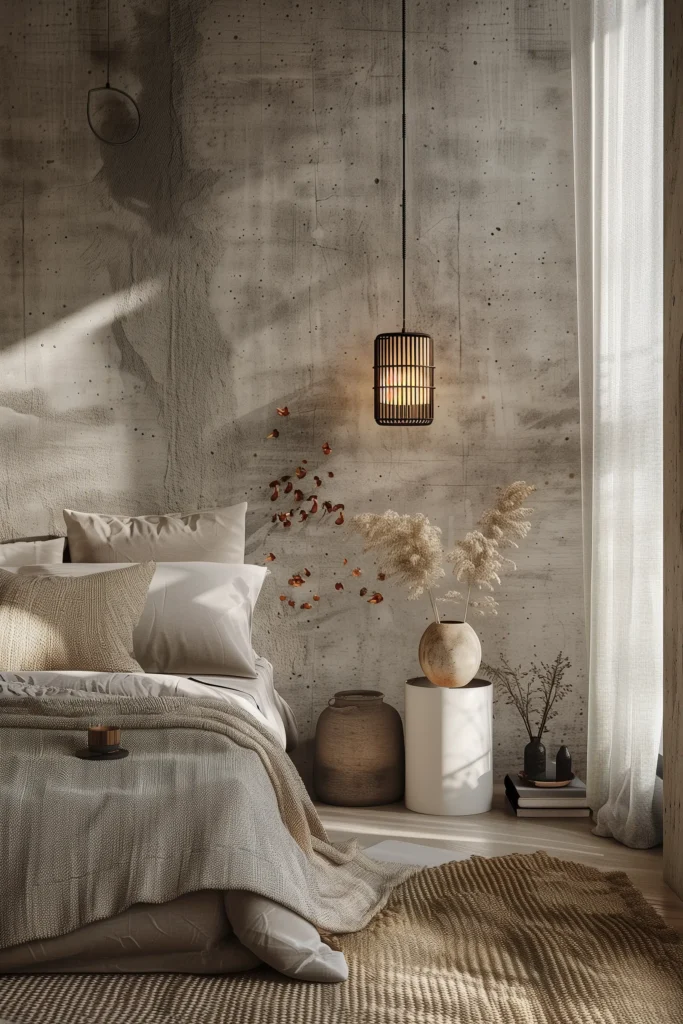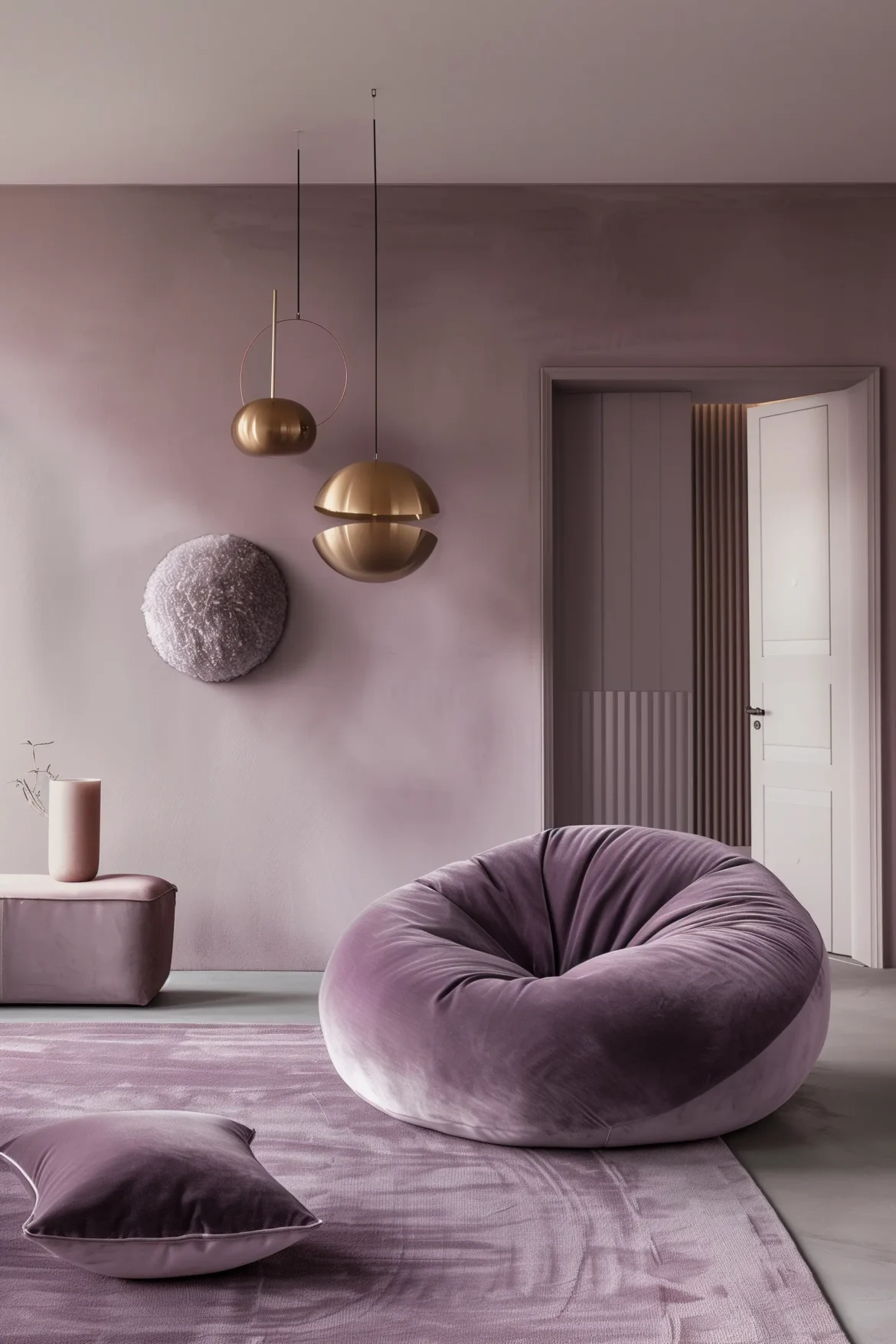In the realm of interior design, the subtle allure of pastel colors has emerged as a timeless choice for creating spaces that are serene, inviting, and harmonious. These muted hues possess a unique ability to transform any room, offering a delicate balance between sophistication and warmth. Each pastel shade brings its own personality and influence, influencing both the aesthetic and emotional atmosphere of the space.
Brown:



Brown pastels evoke a sense of stability and groundedness. In interiors, they can create a cozy, earthy feel, reminiscent of natural materials like wood and leather. Brown pastels are ideal for living rooms and studies, where they promote a sense of security and comfort.
Olive:



Olive pastels infuse a space with a serene and organic vibe. They are versatile, blending well with both warm and cool tones. In interiors, olive tones can be used to create a calming atmosphere in bedrooms or offices, fostering a connection to nature and promoting relaxation.
Beige:



Beige pastels are timeless and elegant, providing a neutral backdrop that complements a variety of styles and furnishings. They create an airy, open feeling in rooms, making them ideal for small spaces or areas where natural light is limited.
Blue:



Blue pastels are renowned for their calming effect, evoking feelings of tranquility and clarity. In interiors, soft blues can expand a room visually, making it feel more spacious. They are often used in bedrooms and bathrooms to promote relaxation and restful sleep.
Green:



Green pastels bring the rejuvenating essence of nature indoors. They symbolize growth, harmony, and balance. Green tones can be used effectively in kitchens and living rooms, where they promote a sense of freshness and vitality.
Grey:



Grey pastels offer a sophisticated and modern aesthetic. They are versatile and can range from cool to warm tones, depending on the undertones. Grey pastels are often chosen for contemporary living spaces, where they provide a sense of calm and elegance.
Orange:



Orange pastels add warmth and energy to interiors. They are invigorating and uplifting, making them suitable for areas where creativity and social interaction thrive, such as dining rooms and home offices.
Wine:



Wine pastels exude richness and luxury. They add depth and warmth to spaces, creating a cozy and inviting atmosphere. Wine tones are popular in living rooms and bedrooms, where they create a sense of intimacy and sophistication.
Pink:



Pink pastels are soft and soothing, promoting feelings of compassion and tenderness. They are often used in children’s rooms and nurseries to create a nurturing environment. In other spaces, pink pastels can add a touch of playfulness and romance.
Yellow:



Yellow pastels radiate positivity and optimism. They can brighten up any room and create a welcoming atmosphere. Yellow tones are ideal for kitchens and sunrooms, where they harness the energy of natural sunlight.
Red:



Red pastels are bold and passionate, adding drama and intensity to interiors. They stimulate conversation and can create a sense of excitement and vitality. Red tones are often used as accent colors in dining rooms and entertainment areas.
Violet:



Violet pastels embody creativity and imagination. They have a calming effect similar to blue, but with a touch of mystery and introspection. Violet tones are ideal for bedrooms and meditation spaces, where they promote relaxation and spiritual awareness.
Incorporating pastel colors into interior design not only enhances the aesthetic appeal of a space but also influences the emotional well-being of its inhabitants. Whether creating a serene sanctuary or a vibrant social hub, pastel hues offer a versatile palette that resonates with tranquility and harmony, making them a perennial favorite among designers and homeowners alike.

